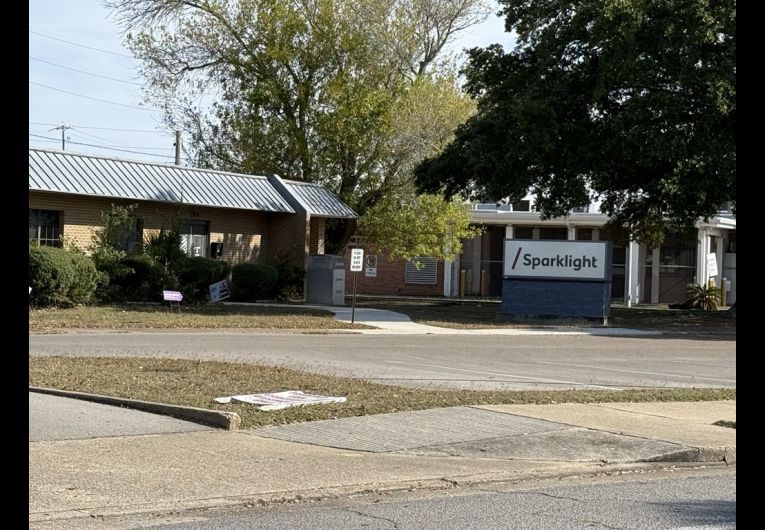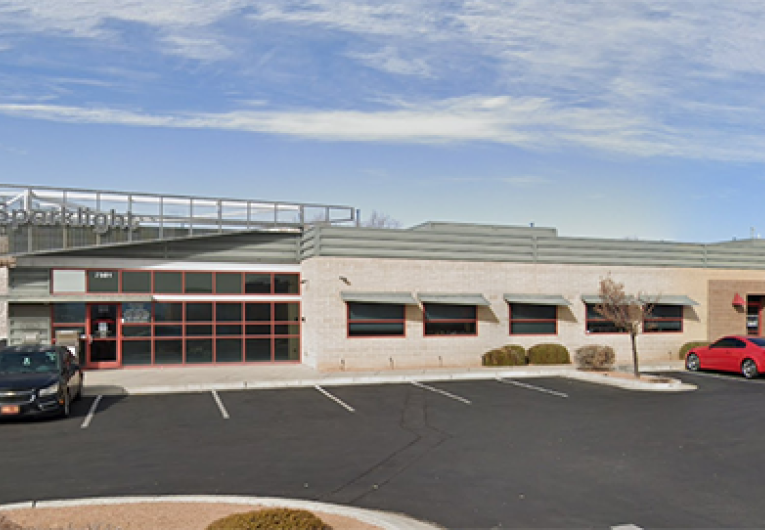
Research Consensus: High Speed Internet Empowers Rural Renaissance
As researchers and industry observers continue to examine the impact of high-speed connectivity on rural communities, their findings all point to the same conclusion: prosperity.
When high speed internet is introduced and implemented in a rural community, research shows, the area experiences a significant and measurable economic boost as well as new opportunities for health care and education. Key economic benefits include new businesses, company expansions, new jobs, and millions of additional revenue pumped into the area’s economy.
Rural Digital Divide Equals Lost Benefits
Rural communities in the U.S. continue to lag behind bigger cities and suburbs when it comes to the availability of high-speed internet. Estimates indicate less than two-thirds of rural Americans have reliable access, compared to access available to nearly all those in urban areas.
The “digital divide” and the subsequent push for equity has led to the ongoing discussion and assessment of the vital role high-speed internet plays in the success of rural businesses and the wellbeing of its residents.
Take a look at a roundup of data and observations from academia, the telecommunications industry and government experts on the impact of high-speed internet, including findings in specific rural communities as well as through a broader lens.
Chattanooga, Tenn. Sees Major Economic Boost
A University of Tennessee economist examined the effect of a 1-gigabit fiber network introduced in Chattanooga in 2010, concluding that the fiber network helped create at least 2,800 new jobs and added more than $865.3 million in value to the area.
His study, “The Realized Value of Fiber Infrastructure in Hamilton County, Tennessee,” looked at the period of 2011-2015.
The fiber infrastructure generated incremental economic and social benefits ranging from $865.3 million to $1.3 billion while additionally creating between 2,800 and 5,200 new jobs in Hamilton County, wrote Bento J. Lobo, Ph.D., CFA, in the study.
“About 80 percent of the recorded gains to the County are driven by new investments, business efficiencies and from the many benefits of the smart grid,” he said.
Connectivity in rural Arizona Empowers Education, Economy
Several small towns in Yavapai County, Ariz., are already feeling empowered by the anticipated connection to reliable high-speed internet.
A funding initiative will allow more than 60 schools and libraries in the rural county to get access to a new fiber-optic connection that will provide faster, more reliable internet to the area, according to a May 16, 2018, Cronkite News story by Faith Miller, who looked at the initiative and what it meant to Congress, a farming community in the county.
In addition to state and federal grants, the money for the project comes from the Arizona Broadband for Education Initiative. Developed from partnerships between the state Department of Education, the Arizona Corporation Commission and a nonprofit called Education SuperHighway, the initiative is working to bring digital equity to students across the state but particularly those in rural areas.
As educators in Yavapai County revel with anticipation of the new opportunities reliable, faster internet will bring to their rural students, they also pointed to the many proven economic and cultural benefits that come with high-speed internet, improved high-speed access to homes, businesses and public safety agencies across the county.
The project will also allow schools to upgrade phone service, too, providing more dependable communication and improving the fire alarm system.
Rural Broadband Brings Billions In E-Commerce
A Hudson Institute study found that rural broadband in the U.S. supported an estimated $100 billion in e-commerce in 2015. This included transactions involving electronic data exchange over broadband networks, with nearly $10 billion involved retail sales.
The same study also reports that rural broadband companies added more than $24 billion to their state economies in 2015.
Benefits Lost in Digital Disparity in Rural Michigan
A June 2018 Michigan News article looked at the digital disparity between rural Michigan and the state’s urban and suburban areas – and initiatives focused on bringing the benefits of high-speed connectivity to rural businesses and residents.
Data shows hundreds of thousands of households in Michigan are without access to reliable broadband internet – most are in rural communities. The FCC estimates 5.74 percent of Michigan's population – 573,426 people – have no broadband providers in their area.
And a study by the nonprofit Connect Michigan indicates only 4.29 percent of households statewide have access to high speeds of 1 gigabit per second. Connect Michigan works with the Michigan Public Service Commission to track broadband access in the state.
Eric Frederick, executive director of Connect Michigan, summarized the result of the disparity like this: “A lack of reliable, speedy internet can impact several aspects of a community's success, including access to educational and economic development opportunities.”
In the past, communities have been transformed by the connections of rivers, trains, highways and airports. But today the most vital connection a community can make is broadband internet.
Closely related: What is Shared Fiber and How Does it Work?
The trends, insights, and solutions you need to grow your business.
By signing up, you’re subscribing to our monthly email newsletter, The
Wire. You may unsubscribe at any time.
Your information stays safe with us. Learn more about our privacy
policy.











![[#MSP_NAME#] Logo](/themes/sparklight_business/images/transition-logos/migration-banner-logo-[#MSP_CD#].png)
